- Joined
- Jan 26, 2018
- Messages
- 61
Not sure if you've seen this yet or not, but here are some pics for comparison. FYI, although I've referred to them by carat weight so you could easily identify to the links you posted earlier from WF, I have actually entered the actual dimensions of each diamond.
If you'd like to verify this yourself...DiamDB
My own 2 cents is I'd drop the .813ct as there isn't much size difference, and we've established the ASET image at 4'oclock is odd. My second thought is that staying in budget would be more important to me than the very small size difference you see in the two diamonds.
If you want us to pull some diamonds from alternate sources, we can do that.
Pic 1 = ring size 6.5, .78ct (left) vs .813ct (right)
Pic 2 = ring size 6.5, .78ct (left) vs .88ct (right)
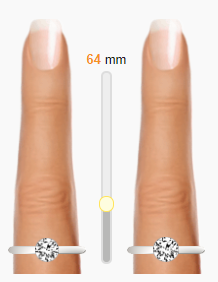
Hi @sledge - the images are definitely helpful thank you for these. I like the size of the .78, my ring size is about 5.5 so slightly smaller than the images, this would bode well for the smaller stone too I guess? Don’t laugh at this but I actually measured out the stone dimensions and tried to sketch them on my finger. Needless to say it wasn’t a success.
Yes please I’d really welcome some help with the search, thank you.

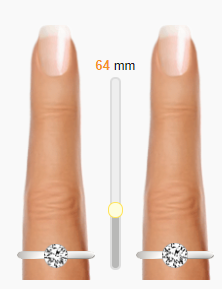
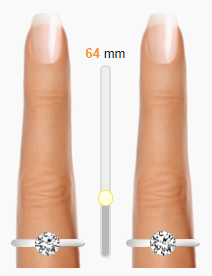
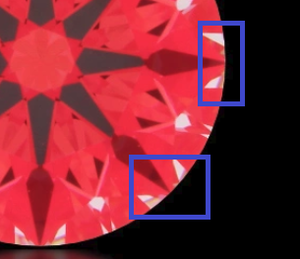
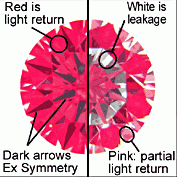
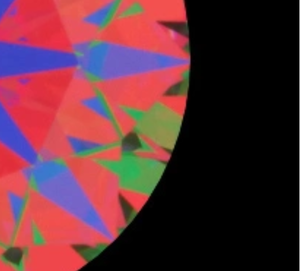
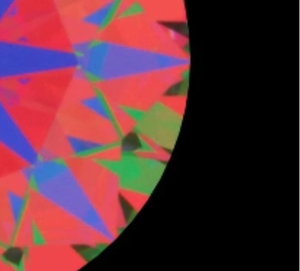


300x240.png)